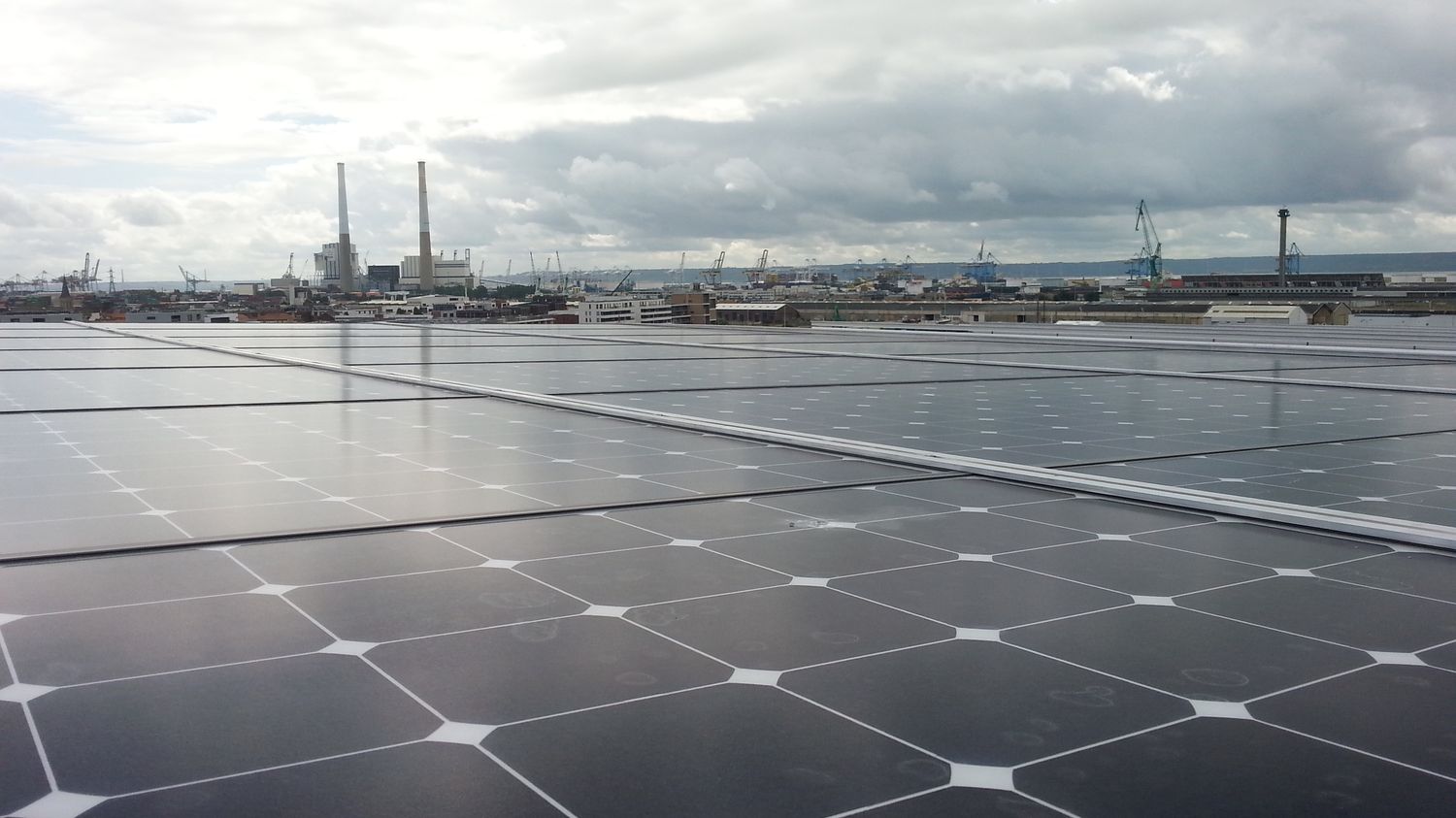The Minister for Energy Transition affirms that France has “19% renewables in its energy mix”, the same level as in Germany.
While the European Union is committed to getting renewable energies off the ground by 2030, Agnès Pannier-Runacher declared on Thursday March 30 on Sud Radio that ” as a percentage of our production, today, renewables are 19%; this is exactly the same figure as Germany: we have 19% renewables in our energy mix“This statement sows confusion, because we do not know if the minister is talking about the place of renewables in our electricity production or in our energy consumption. These are two different things.
False, if the minister talks about electricity production
When France produces electricity, more than 65% of it comes from nuclear power, a little less than 10% from thermal power stations and around 24% from renewable energies (wind, solar, bioenergy and hydroelectricity).
In Germany, 45% of the electricity produced comes from renewable sources, but also 50% from thermal power plants, the rest is from nuclear. In 10 years, Germany has almost doubled the share of renewables in its power generation. On this indicator, it is clearly ahead of France.
True, on total energy consumption
In this case, it is all the energy consumed by a country for its activity: its transport (road, rail and air), the heating of its population and the supply of its economy (industry, agriculture, services).
In France, 60% of this energy consumed still comes from fossil fuels (oil, gas and coal). The share of renewables in this consumption is officially calculated at 19%, according to Insee and Eurostat. This is the figure put forward by Agnès Pannier-Runacher, but speaking of “production” and no consumption, it introduced confusion.
As for Germany, its total energy consumption comes even more than in France from fossil fuels, 80%. The share of renewable energy is 19%. Indeed like France.
